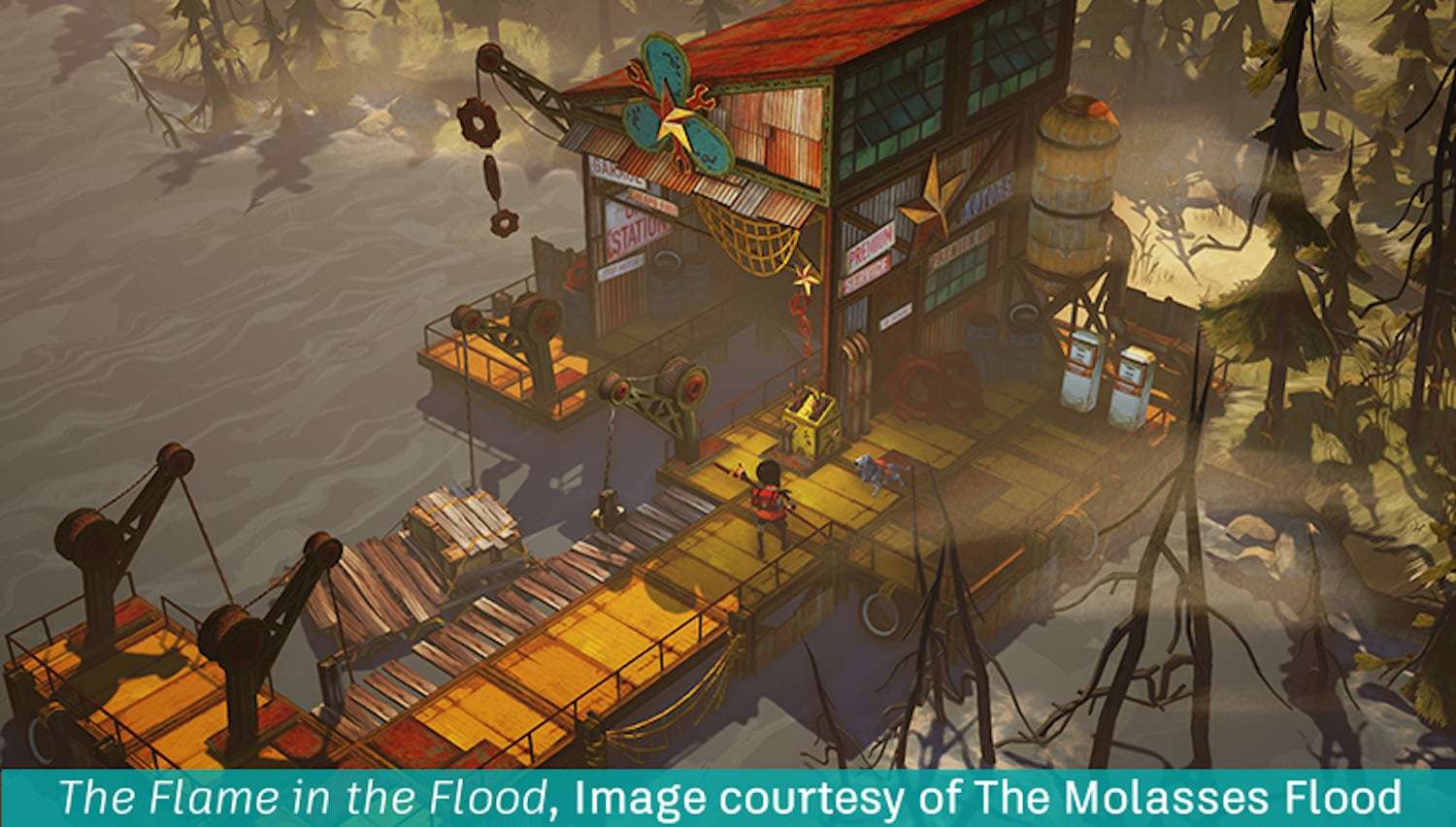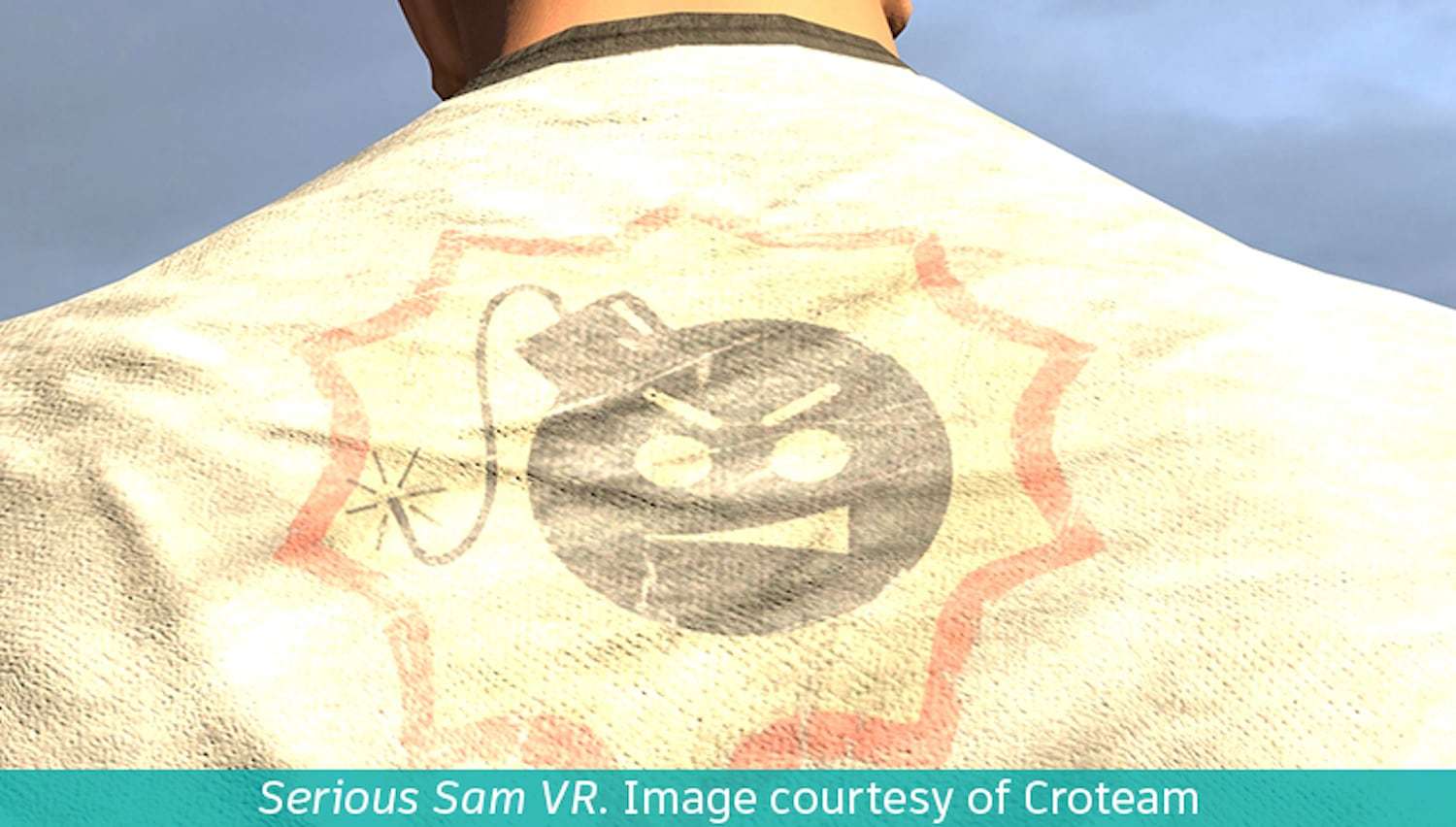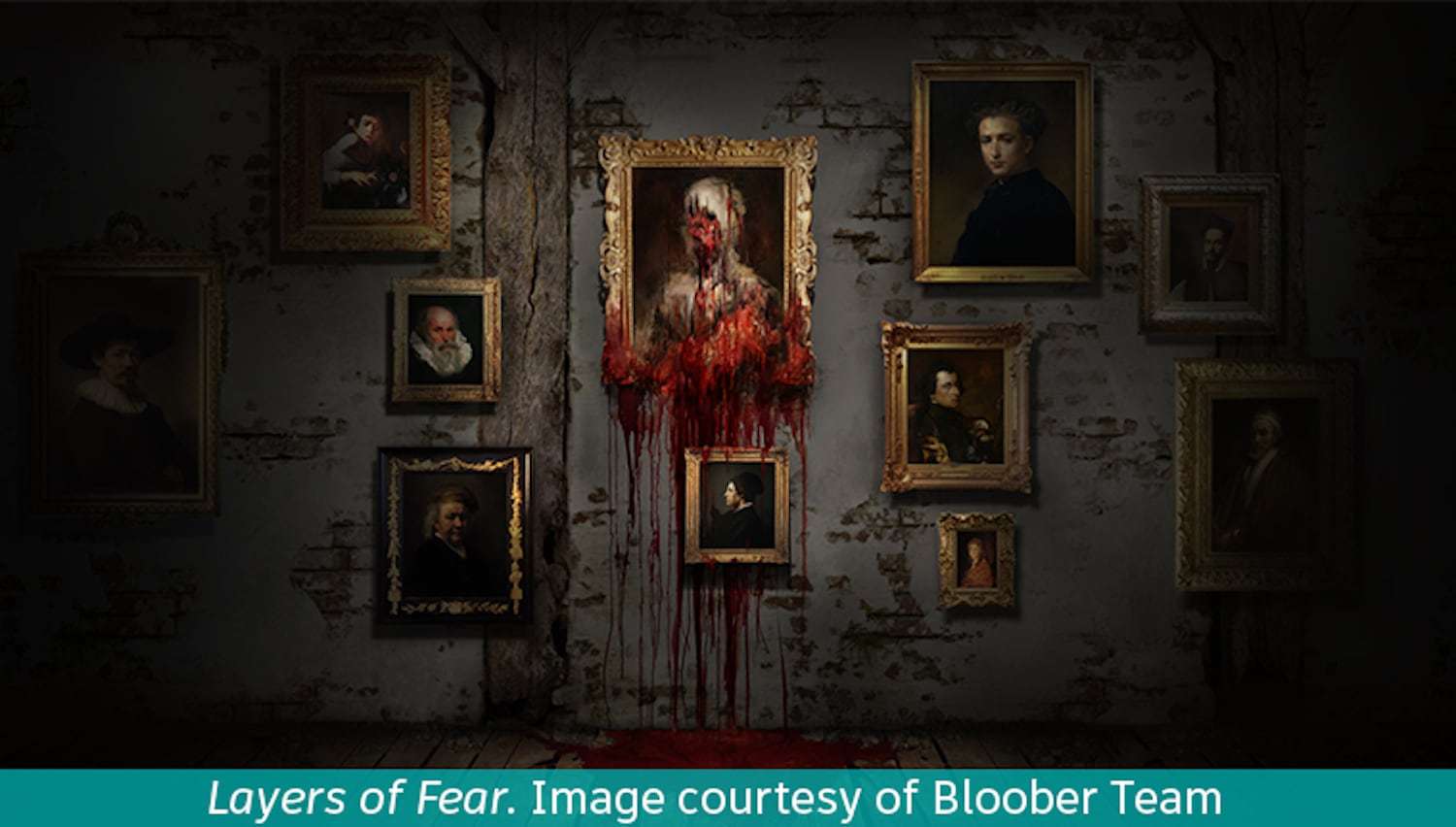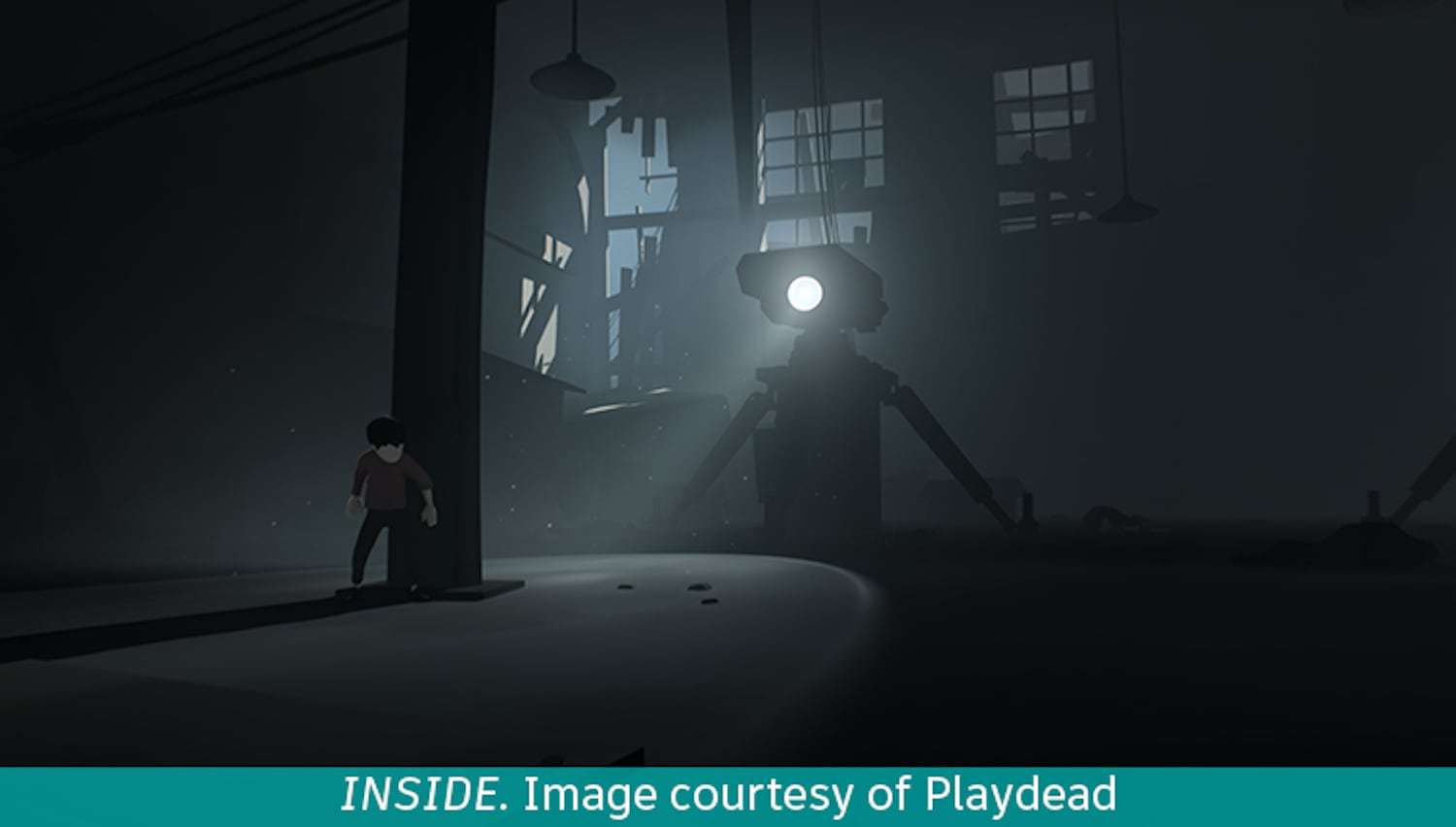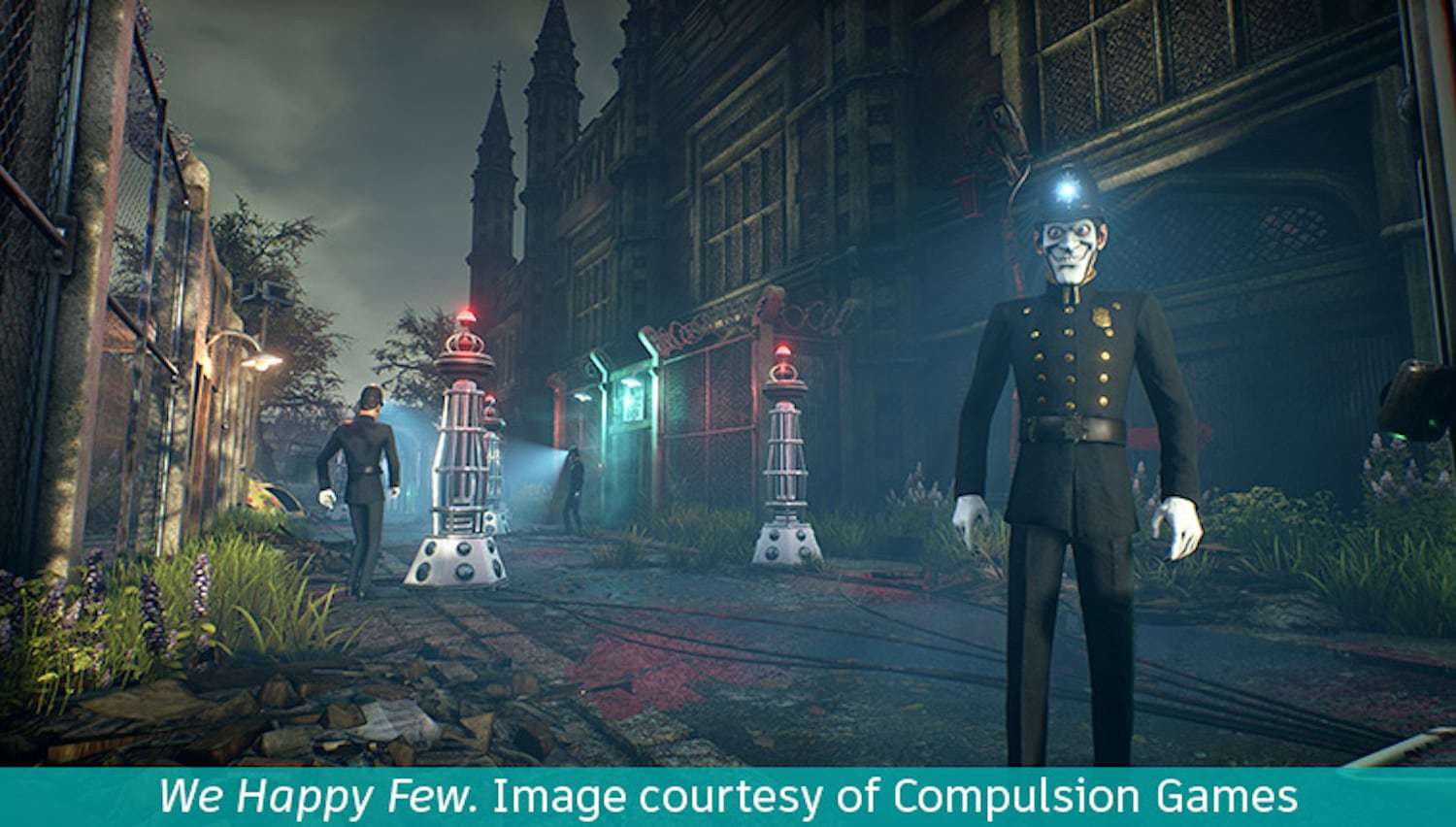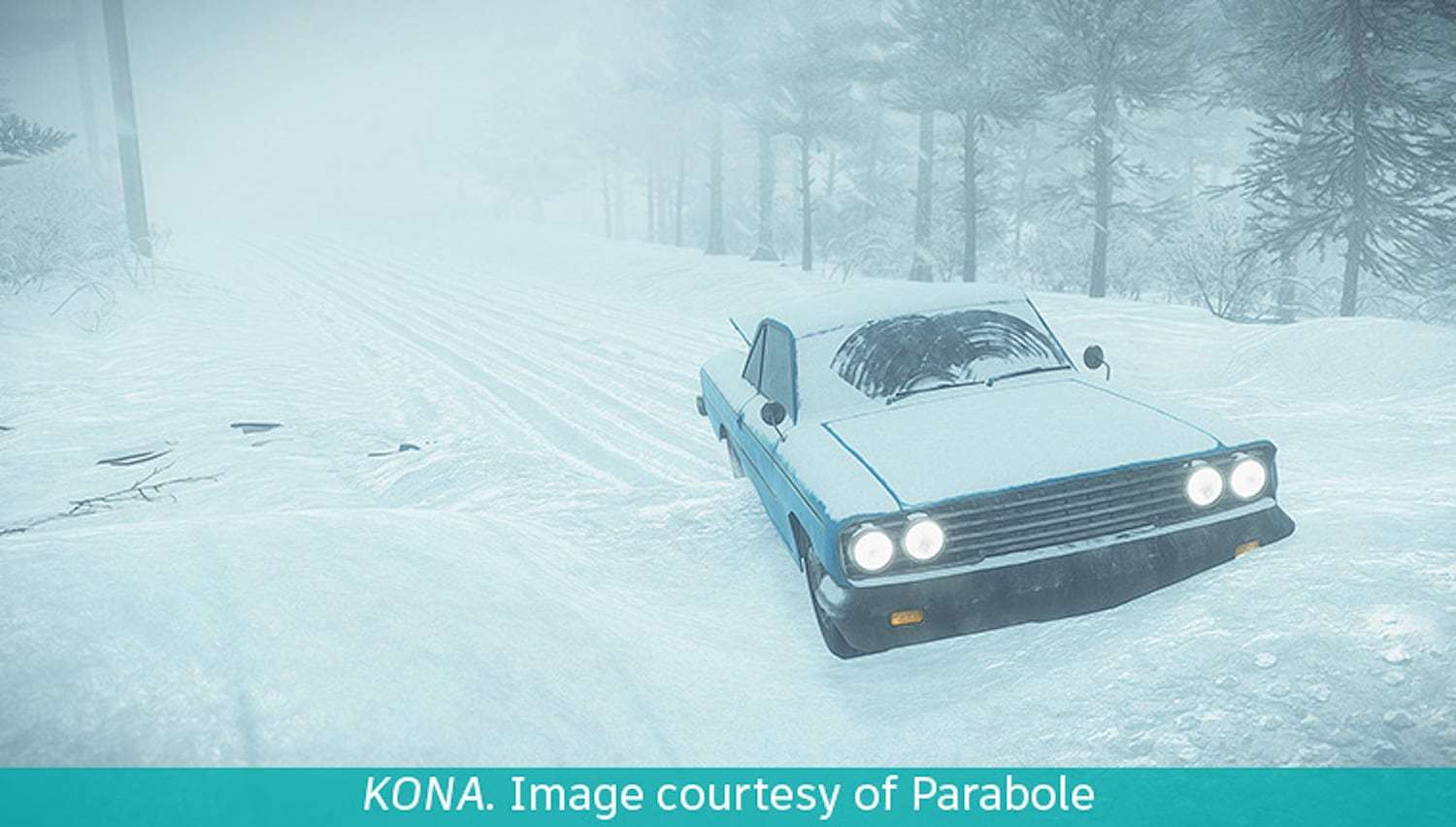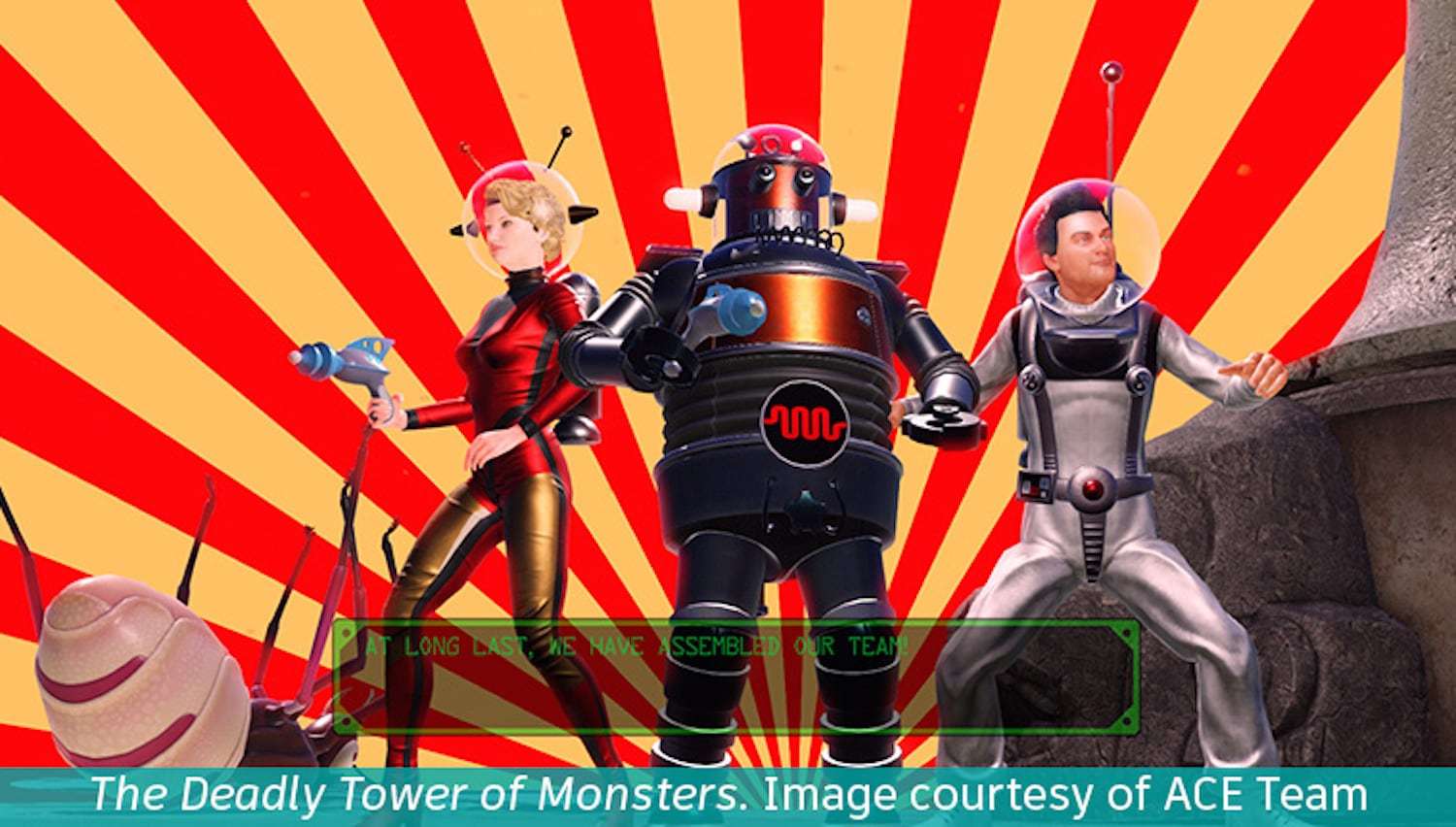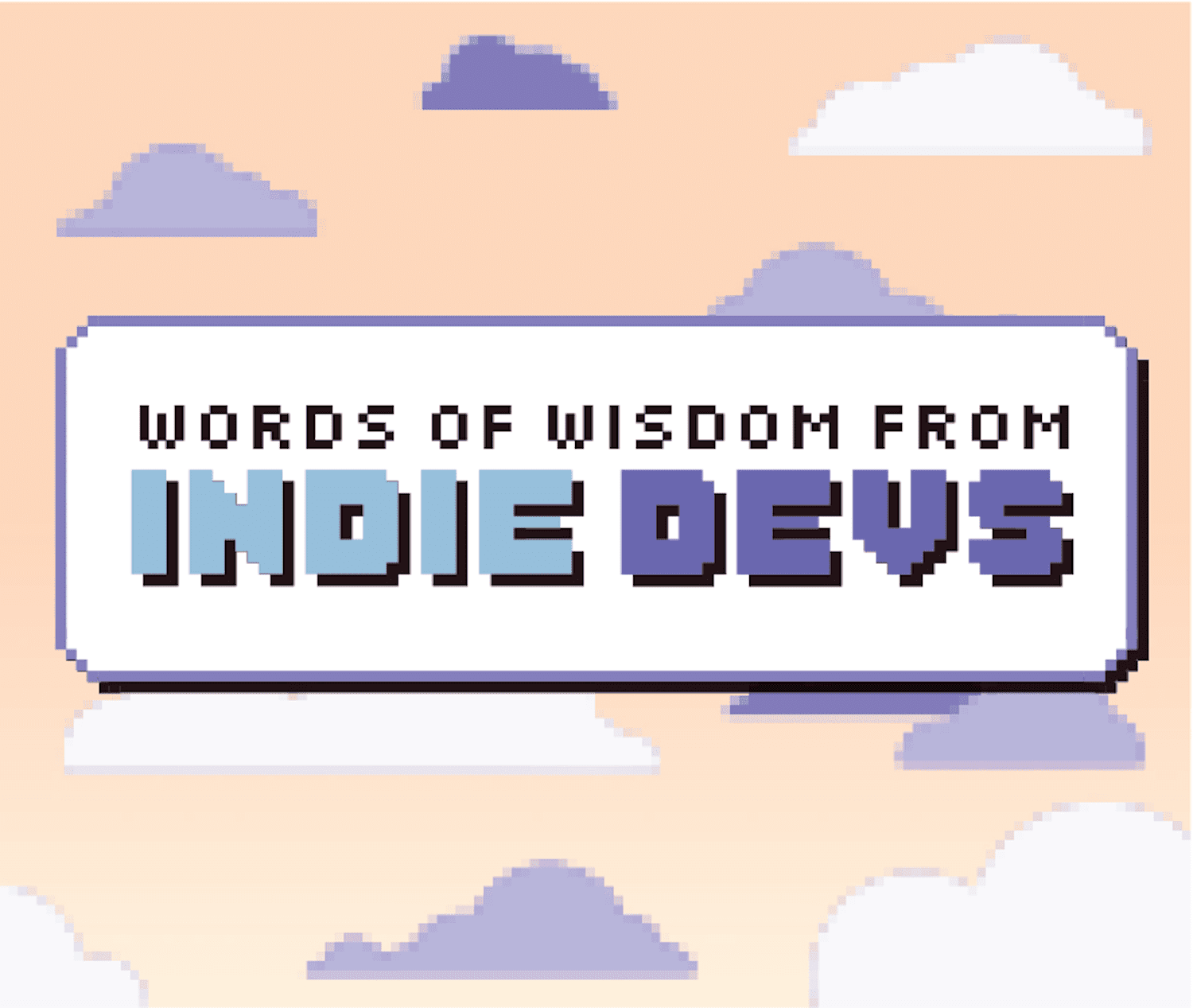
Looking to see what it takes to become a successful indie developer? You’ve come to right place. We spoke to ten game devs and asked for their words of wisdom on making it in the indie world.
1. Stop hesitating and just get started.
Lead Animator of The Molasses Flood, Gwen Frey has had an impressive career. Before starting The Molasses Flood with a few former colleagues, Gwen worked at Gazillion Entertainment and at Irrational Games where she had worked on the critically acclaimed, BioShock: Infinite. Her advice? Just get started.
If you want to be in the games industry the first thing you do is to set about making a game, it’s never been easier. There is a ton of ways to go about making a game- just do it, start creating a game.
Read about the making of The Flame in The Flood here.
2. Make the game YOU want to play.
The Serious Sam franchise is known for its endless amounts of fun, so, it shouldn’t be a surprise to any fans that these guys love the game they are making just as much as we love playing them. Damjan Mravunac (CMO, Audio designer, Music composer) tells us why he thinks the series has been a success for over 15 years:
We always want to play the game that we are making. We all grew up with Doom, Quake and Unreal Tournament so we wanted to play that kind of game. We created our own baby which is now almost an adult at 15 years. We always say ‘we are going to make the best game ever’. That’s how it starts.
Learn about Croteam’s 15 years of success in PART I of our Q&A.
3. Keep it simple.
Bloober Team worked on several work-for-hire projects before releasing their own successful IP. After causing huge waves with their hit horror game, Layers of Fear, they certainly know a thing or two about making a successful game. Their advice: don’t waste time on the bells and whistles.
If it’s your first game, keep it simple. Don’t add too many elements like extra mechanics, online multiplayer and stuff like that. The more you add to your game, the more the development time grows and in the end, you probably won’t finish the game. The basic advice we can give is to keep your game simple and just polish it. If you finish your first game without flaws, it’s the best start you can get. Keeping things simple in the beginning is always the best way to go.
Learn about Bloober Team and the development of Layers of Fear here.
4. Forget the filler.
Many would argue that the absence of ‘filler content’ is one of (the many!) reasons that Playdead’s INSIDE is so well-regarded in the community. With each puzzle comes a fresh new challenge, never leaving you bored! Andreas Normand Grøntved (Animator) tells us what he thinks made INSIDE stand out:
Oftentimes, we cut away a lot of content to make the experience as varied and as incredible as we can. If we make five puzzles in the same puzzle genre, we wouldn’t use them all. Pushing a box is a very simple example. That’s something you would see again and again in a lot of games because ten of them were made and they want to use all of them because otherwise, they would have been wasting their time.
Read 6 Secrets of INSIDE or listen to our interview with Andreas on the Gamedev Podcast.
5. Involve the community.
Compulsion Games (Contrast, We Happy Few) isn’t afraid to admit that much of their success is thanks to their community’s participation. With a fully-funded Kickstarter, and over 150,000 people playing their Early Access game, you can bet that getting the community involved was a good idea. Founder Guillaume Provost talks about his community-driven development:
We started growing the pool of first tier backers and sharing keys with them right away. We had a pool of 2,500 players iterating the game early and giving us feedback. Eventually, they would become the biggest ambassadors and biggest champions of the game.
Step inside the studio in our video interview with Compulsion Games.
6. Respond to negative feedback.
One of Steam’s hot new releases is KONA by studio Parabole. Much of their success can be owed to their loyal community. Here’s what advice CEO Alexandre Fiset has to say for treating your community right:
Most of the Early Access games that fail are the ones that don’t provide updates on broken things or answers to questions. People will say ‘hey it’s been months since we received a last update, what’s going on with my money?’ And then the person just doesn’t respond. So I would say, as long as you respond and give proper context and a proper response to people’s concerns and questions, you should be fine as long as your game is good.
Listen to our podcast with Alexandre Fiset.
7. Don’t bite off more than you can chew.
Two brothers, Rand and Robyn Miller, started Cyan, Inc. in 1991. Their 1993 game, Myst would inspire a generation of game developers and change the way games were made and played. Cyan’s Art Director, Eric Anderson, gives his guidance on developing your first indie game:
Watch your scope. Don’t bite off more than you can chew. I see so many young artists and developers come up with ideas that no way in a million years would one person be able to do in a decent time frame. It took me years to learn. Nowadays, the kinds of projects that interest me the most are the ones that are hyper focused.
Listen to Eric on our Gamedev podcast talk about Obduction, Cyan’s history and his experience as both an artist and technical director.
8. Start small.
ACE team can tell you a thing or two about creating a successful studio. With hits like Zeno Clash, Rock of Ages and The Deadly Tower of Monsters, these Chilean indie developers are still going strong after 10 years. Carlos Bordeu shares what he thinks more aspiring game devs should know:
There are too many people who think they can start out in the industry as the creative director or as the person who sets the tone for everything else- and it’s unrealistic. If you really want to be the person who’s in charge, then focus on making a small game, a tiny game that you can make with one or two people. Start off with something small. If you have something grand, I’m not saying forget it, don’t pursue it. But, you have to start with something small and work up to realizing that dream and a way of doing that is getting yourself involved with development.
ACE Team talks about getting the company started 10 years ago in our Q&A.
9. Playtest as much as possible.
Phil Duncan and Oli De-Vine of Ghost Town Games hit it big this year with their indie multiplayer, Overcooked. With only two developers working on the game, we knew they had a secret sauce on making this addictive multiplayer.
It’s always tempting to keep your game to yourself as you develop, to sand off all rough edges before you let anyone at it, but it’s much better to get regular feedback so you can quickly spot what works and what doesn’t. Users (particular non-gamers) will often play the game in a way you weren’t expecting or weren’t planning for and it’s much better to discover these issues sooner rather than later.
Listen to GameDev Ep. 35 with Phil and Oli where they discuss what they’re working on for the Nintendo Switch and the development of Overcooked.
10. Know what you’re getting yourself into.
CommanderVideo has reached almost every gaming platform from iOS to the Nintendo Switch. We asked Choice Provisions what their secret is to running a successful studio:
Think hard about the kind of game you want to make and why you want to make it. If you have a clear understanding of that, it will keep you motivated and inspire you to see the game through.
Learn more about developing Runner3 for the Nintendo Switch in our Q&A.

